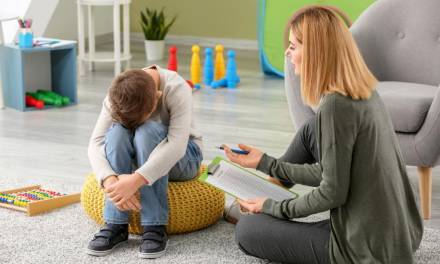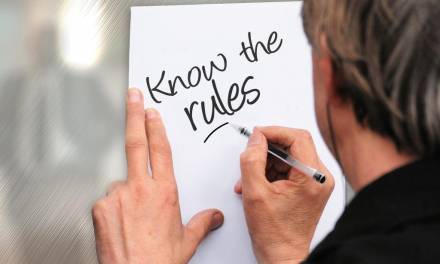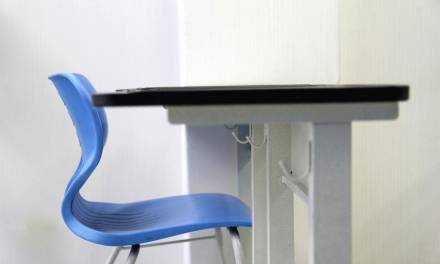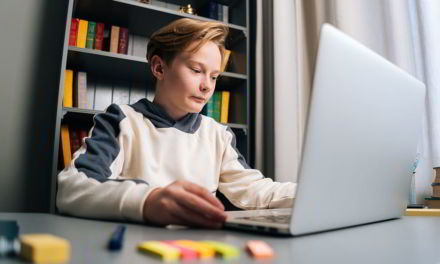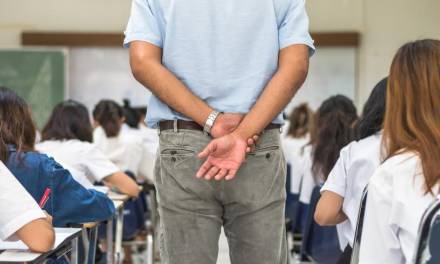Covid-19 is threatening and negative behaviour, resulting in isolation, fixed term exclusion or possible permanent exclusion could follow as a result.
That is the view of the Department for Education which stated last week: “It is likely that adverse experiences or lack of regular attendance and classroom discipline may contribute to disengagement with education upon return to school, resulting in increased incidence of poor behaviour.”
Low level disruptive behaviour which could occur could include refusal to wear a mask, increased bullying and threatening staff and pupils. This blog post takes a look at the issues, the consequences and how they can be avoided.
Negative behaviour: a third of young people fear bullying
A poll commissioned by the Diana Award youth charity and Nationwide Building Society found that one in three (33%) parents felt their child will struggle to integrate with others when they go back to school and 34% of pupils said they were more worried than usual about returning because of lockdown.
More than half (51%) of young people surveyed said they had previously been worried about going back to school after a holiday because of bullying, with 46% revealing they had been bullied. 45% of parents also said the coronavirus lockdown had negatively impacted their child.
What are the issues schools could experience this autumn?
The impact of the lockdown is likely to lead to changes in behaviour and could result in a large number of incidents. Lockdown has affected all children in a number of ways. In June, EDBlog reported that there could be a tsunami of safeguarding disclosures this autumn.
Low level disruptive behaviour could be a cumulation of bullying (which may have originated as cyber-bullying during lockdown), coughing at students/staff, refusal to wear a mask and generally taking frustrations out on others.
A rise in these issues could mean that students in isolation and exclusion increase.
EDClass has been built to support students who are unsuitable for mainstream classrooms and can limit behaviour issues.
A number of behaviour lessons are provided to reduce negative behaviour.
Positive behaviour techniques
Recognise the trauma: Schools should find a way to encourage pupils to explain their emotions. Teachers should acknowledge how strange and confusing the period has been; by approaching people about their emotions (anxiety, anger, mental exhaustion) to try and curb their behaviours.
Reinforce boundaries: Pupils should be reminded of behaviour expectations (e.g. wearing uniforms, using positive language, staying in their seat etc). By keeping confrontation to a minimum you can reduce stress levels and encourage positive behaviour.
One size does not fit all: Pupils should understand that different indiscretions receive different levels of reaction. Incidents such as racism and bullying receive an immediate reaction. Talking over someone will receive a lesser punishment.
Prepare for the worst: School is an environment where there is routines, clear rules and different behaviour expectations than children have at home. If pupils can recognise these expectations through facial expressions, body language and interactions can help to minimise behaviour disruption. Praise, compliments on good behaviour and encouragement can help to promote a positive atmosphere in the classroom.
Look after your mental health: Teachers and staff have been through trauma too. If you do lose your temper, don’t be afraid to apologise. Ultimately, by looking after yourself and creating a positive atnosphere can be replicated by students.
To find out more about how we can help, call 01909 568 338.

